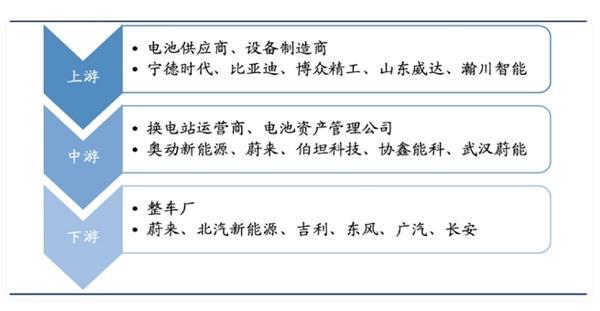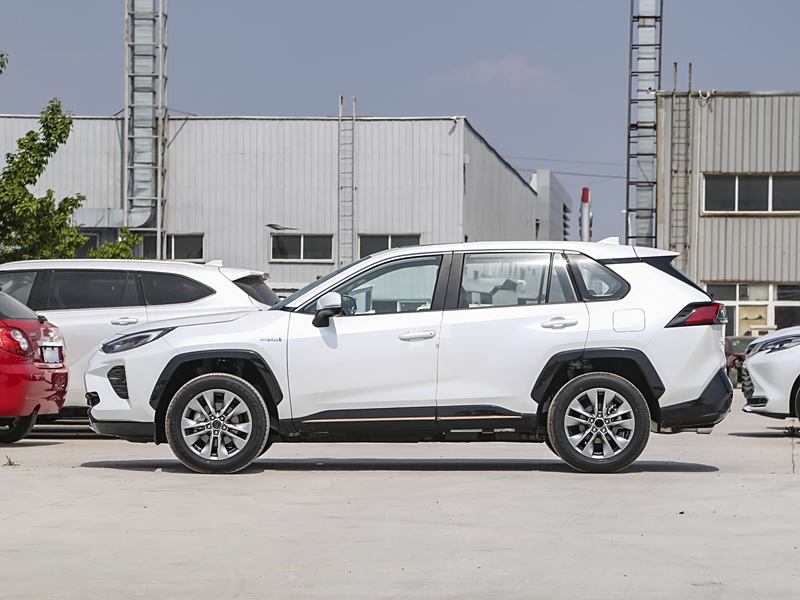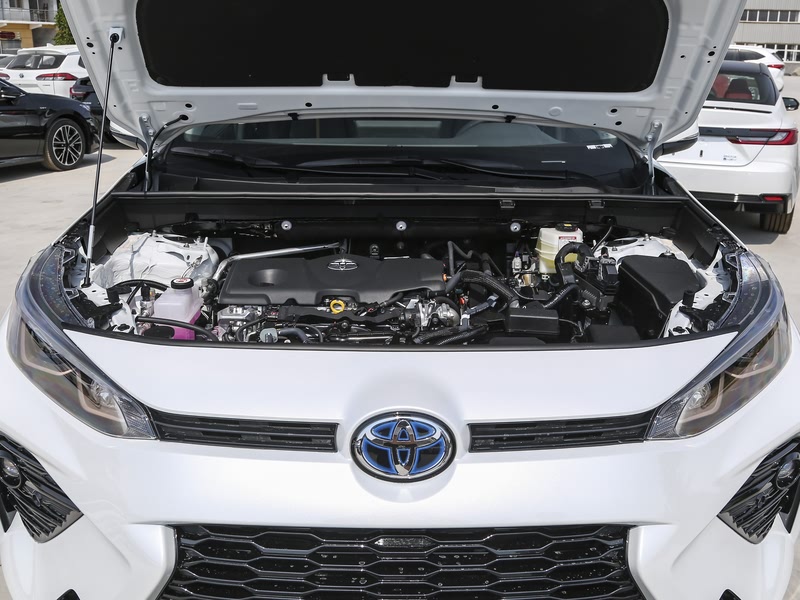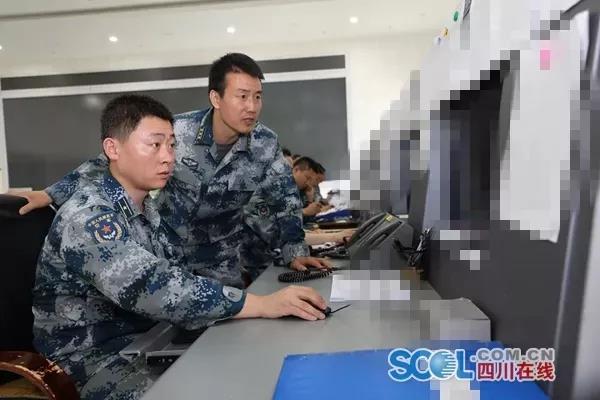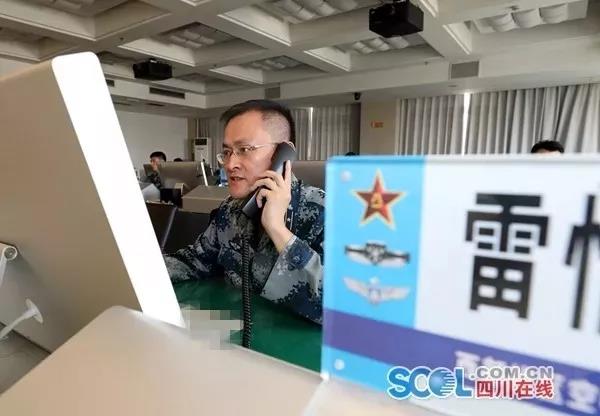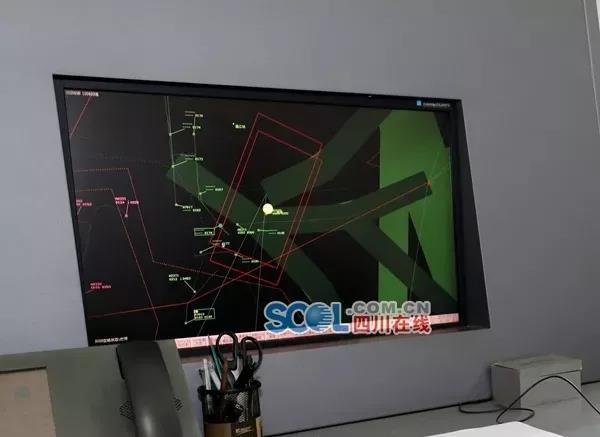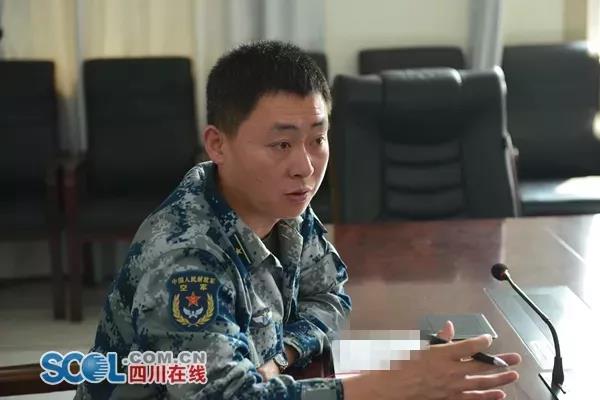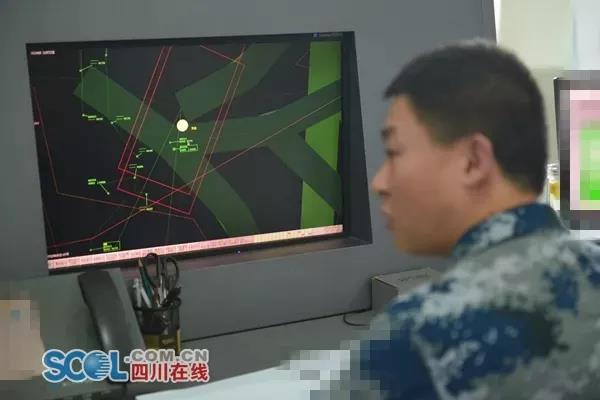decree of the state council of the people’s republic of china
No.725
Regulations on the Prevention and Control of Crop Pests and Diseases have been adopted at the 86th executive meeting of the State Council on March 17, 2020, and are hereby promulgated and shall come into force as of May 1, 2020.
General manager Li Keqiang
March 26th, 2020
Regulations on the prevention and control of crop pests and diseases
Chapter I General Principles
the first These Regulations are formulated for the purpose of preventing and controlling crop diseases and insect pests, ensuring national food security and the quality and safety of agricultural products, protecting the ecological environment and promoting the sustainable development of agriculture.
the second The prevention and control of crop diseases and insect pests as mentioned in these Regulations refers to the monitoring and forecasting, prevention and control, emergency disposal and other prevention and control activities and supervision and management of pests such as diseases, insects, grasses and rats that endanger crops and their products.
Article The prevention and control of crop diseases and insect pests shall follow the policy of putting prevention first and comprehensive prevention and control, and adhere to the principle of government leading, territorial responsibility, classified management, scientific and technological support and green prevention and control.
Article 4 According to the characteristics of crop pests and diseases and their harm to agricultural production, crop pests and diseases are divided into the following three categories:
(a) a class of crop diseases and insect pests refers to crop diseases and insect pests that occur in a particularly large area all the year round or may cause particularly heavy losses to agricultural production, and the list is formulated and published by the competent agricultural and rural departments of the State Council;
(II) Class II crop diseases and insect pests refer to crop diseases and insect pests that occur in a large area all the year round or may cause great losses to agricultural production. The list shall be formulated and published by the competent agricultural and rural departments of the people’s governments of provinces, autonomous regions and municipalities directly under the Central Government and reported to the competent agricultural and rural departments of the State Council for the record;
(3) Class III crop diseases and insect pests refer to other crop diseases and insect pests other than Class I crop diseases and insect pests and insect pests.
If the newly discovered crop diseases and insect pests may cause great or especially great losses to agricultural production, they shall be managed according to the first-class crop diseases and insect pests before their classification is determined.
Article 5 The people’s governments at or above the county level shall strengthen the organization and leadership of the prevention and control of crop diseases and insect pests, and incorporate the prevention and control funds into the government budget at the corresponding level.
Article 6 The competent agricultural and rural authorities in the State Council are responsible for the supervision and management of crop diseases and insect pests prevention and control throughout the country. The competent agricultural and rural departments of the local people’s governments at or above the county level shall be responsible for the supervision and management of the prevention and control of crop diseases and insect pests in their respective administrative areas.
Other relevant departments of the people’s governments at or above the county level shall, in accordance with the division of responsibilities, do a good job in the prevention and control of crop diseases and insect pests.
Township people’s governments shall assist the relevant departments of the people’s governments at higher levels to do a good job in propaganda, mobilization and organization of crop pest control in their respective administrative areas.
Article 7 The competent agricultural and rural departments of the people’s governments at or above the county level shall organize plant protection agencies to carry out technical work related to the prevention and control of crop pests and diseases.
Article 8 Agricultural producers and operators and other relevant units and individuals shall do a good job in the prevention and control of crop diseases and insect pests within the scope of production and operation, and cooperate with the people’s governments at all levels and relevant departments in the prevention and control work.
Rural collective economic organizations and villagers’ committees shall cooperate with people’s governments at all levels and relevant departments to do a good job in the prevention and control of crop diseases and insect pests.
Article 9 The State encourages and supports scientific and technological innovation, transformation of achievements and popularization and application according to law in crop pest control, popularizes the application of information technology and biotechnology, and promotes the intelligentization, specialization and greening of crop pest control.
The state encourages and supports international cooperation and exchanges in crop pest control.
Article 10 The state encourages and supports the use of green prevention and control technologies such as ecological management, healthy cultivation, biological control and physical control, advanced pesticide application machinery and safe, efficient and economical pesticides.
Article 11 Units and individuals that have made outstanding contributions to the prevention and control of crop diseases and insect pests shall be commended in accordance with the relevant provisions of the state.
Chapter II Monitoring and Forecasting
Article 12 The state establishes a monitoring system for crop diseases and insect pests. The competent department of agriculture and rural areas in the State Council is responsible for compiling the construction plan of the national crop pest monitoring network and organizing its implementation. The competent agricultural and rural departments of the people’s governments of provinces, autonomous regions and municipalities directly under the Central Government shall be responsible for compiling the construction plan of crop pest monitoring network in their respective administrative areas and organizing its implementation.
The competent agricultural and rural departments of the people’s governments at or above the county level shall strengthen the management of the monitoring network of crop diseases and insect pests.
Article 13 No unit or individual may occupy, damage, dismantle or move facilities and equipment for monitoring crop diseases and insect pests without authorization, or hinder the normal operation of facilities and equipment for monitoring crop diseases and insect pests in other ways.
New construction, renovation and expansion projects should avoid monitoring facilities and equipment for crop diseases and insect pests; If it is really impossible to avoid and it is necessary to dismantle the facilities and equipment for monitoring crop diseases and insect pests, the competent agricultural and rural departments of the people’s governments at or above the county level shall organize the relocation in accordance with the relevant technical requirements, and the relocation expenses shall be borne by the construction unit.
If the facilities and equipment for monitoring crop diseases and insect pests are damaged, the competent agricultural and rural departments of the people’s governments at or above the county level shall promptly organize repair or reconstruction.
Article 14 The competent agricultural and rural departments of the people’s governments at or above the county level shall organize the monitoring of crop diseases and insect pests. Monitoring of crop diseases and insect pests includes the following contents:
(a) the type, time, scope and degree of crop diseases and insect pests;
(2) Species, distribution and population fluctuation of main natural enemies of pests;
(three) the field climate that affects the occurrence of crop diseases and insect pests;
(4) Other contents that need to be monitored.
Technical specifications for monitoring crop diseases and insect pests shall be formulated by the competent agricultural and rural departments of the people’s governments at or above the provincial level.
Agricultural producers and operators and other relevant units and individuals shall cooperate with the monitoring of crop diseases and insect pests.
Article 15 The competent agricultural and rural departments of the local people’s governments at or above the county level shall report the monitoring information of crop diseases and insect pests to the competent agricultural and rural departments of the people’s governments at higher levels in a timely manner in accordance with the provisions of the competent agricultural and rural departments of the State Council.
No unit or individual may conceal or falsely report the monitoring information of crop diseases and insect pests, instruct others to fabricate false information, or obstruct others from reporting truthfully.
Article 16 The competent agricultural and rural departments of the people’s governments at or above the county level shall, on the basis of comprehensive analysis of the monitoring results, issue crop pest forecast in accordance with the provisions of the competent agricultural and rural departments of the State Council, and other organizations and individuals shall not release crop pest forecast to the society.
The forecast of crop diseases and insect pests includes the occurrence of crop diseases and insect pests, the possible types, time, scope, degree and prevention and control measures.
Article 17 Overseas organizations and individuals shall not carry out monitoring activities of crop diseases and insect pests in China. If it is really necessary to carry out it, the competent agricultural and rural departments of the people’s governments at or above the provincial level shall organize relevant domestic units to jointly carry it out, and abide by the provisions of relevant laws and regulations.
No unit or individual may provide unpublished monitoring information of crop diseases and insect pests to overseas organizations and individuals without authorization.
Chapter III Prevention and Control
Article 18 The competent department of agriculture and rural areas in the State Council organized the formulation of the national plan for the prevention and control of crop diseases and insect pests, and the competent department of agriculture and rural areas of local people’s governments at or above the county level organized the formulation of the plan for the prevention and control of crop diseases and insect pests in their respective administrative areas.
The prevention and control scheme of crop diseases and insect pests is formulated according to agricultural production, climatic conditions, perennial occurrence of crop diseases and insect pests, monitoring and forecasting, occurrence trend and other factors, and its contents include prevention and control objectives, key areas, prevention and control thresholds, prevention and control measures and safeguard measures.
Article 19 The competent agricultural and rural departments of the people’s governments at or above the county level shall improve the crop pest control system, organize the monitoring and evaluation of crop pest resistance, and provide agricultural producers and operators with technical training, guidance and services for crop pest prevention and control.
The state encourages and supports scientific research institutions, relevant universities, farmers’ professional cooperatives, enterprises, trade associations and other units and individuals to study and popularize green prevention and control technologies according to law.
In the prevention and control of crop diseases and insect pests in contact with toxic and harmful substances, the relevant units shall organize safety protection, and in accordance with the relevant provisions of the state subsidies.
Article 20 The competent agricultural and rural departments of the people’s governments at or above the county level shall organize crop replanting, vegetation transformation, environmental improvement and other ecological management work in the breeding places and source areas of crop diseases and insect pests, adjust the planting structure, and prevent the breeding and spread of crop diseases and insect pests.
Article 21 The competent agricultural and rural departments of the people’s governments at or above the county level shall guide agricultural producers and operators to choose disease-resistant and insect-resistant varieties, adopt seed treatment measures such as coating, seed dressing and disinfection, and adopt healthy cultivation and management measures such as rational crop rotation, deep ploughing and weeding, covering weeding, soil disinfection, and removing crop disease and residue to prevent crop diseases and insect pests.
Article 22 Engaged in research, breeding, breeding, transportation, exhibition and other activities of crop diseases and insect pests, measures should be taken to prevent their escape and spread.
Article 23 When crop diseases and insect pests occur, agricultural producers and operators and other relevant units and individuals shall take timely control measures to prevent the spread of crop diseases and insect pests. In case of serious occurrence or outbreak of crop diseases and insect pests, it shall promptly report to the competent agricultural and rural department of the local people’s government at the county level.
Article 24 Relevant units and individuals shall abide by the system of safe and rational use of pesticides when using pesticides to prevent and control crop diseases and insect pests, and use pesticides in strict accordance with pesticide labels or instructions.
When weeding farmland, herbicides should be prevented from harming crops in the current season and the following crops; When killing rodents in farmland, rodenticide should be prevented from endangering human and animal safety.
Article 25 When crop diseases and insect pests occur seriously, the competent agricultural and rural departments of the local people’s governments at or above the county level shall, in accordance with the crop diseases and insect pests prevention and control plan and the monitoring and forecasting situation, timely organize and guide agricultural producers and operators, specialized pest control service organizations and other relevant units and individuals to take control measures such as unified prevention and control.
When a class of crop diseases and insect pests occur seriously, the competent agricultural and rural authorities in the State Council shall comprehensively coordinate and guide the control work. When the second and third kinds of crop diseases and insect pests occur seriously, the competent agricultural and rural departments of the people’s governments of provinces, autonomous regions and municipalities directly under the Central Government shall comprehensively coordinate and guide the control work.
Crop diseases and insect pests occurring on state-owned wasteland shall be controlled by local people’s governments at or above the county level.
Article 26 When serious rodent infestation occurs in farmland, the local people’s governments at or above the county level shall organize and adopt unified rodent control measures.
Article 27 The competent agricultural and rural departments of the local people’s governments at or above the county level shall organize the investigation and summary of crop diseases and insect pests, report the disaster information to the competent agricultural and rural departments of the people’s government at the same level and the people’s government at the next higher level in a timely manner, and send a copy to the emergency management department of the people’s government at the same level.
The disaster information of crop diseases and insect pests shall be released by the competent agricultural and rural departments of the people’s governments at or above the county level in consultation with the emergency management departments of the people’s governments at the same level, and other organizations and individuals shall not release it to the public.
Article 28 The state encourages and supports insurance institutions to carry out insurance business related to crop pest control, and encourages and supports agricultural producers and operators and other relevant units and individuals to participate in insurance.
Chapter IV Emergency Disposal
Article 29 The competent department of agriculture and rural areas in the State Council shall establish an emergency response and disposal mechanism for the prevention and control of crop diseases and insect pests, and formulate emergency plans.
The local people’s governments at or above the county level and their relevant departments shall, according to the needs of emergency treatment of crop diseases and insect pests in their respective administrative areas, organize the formulation of emergency plans, carry out emergency business training and drills, and reserve necessary emergency materials.
Article 30 When crop diseases and insect pests break out, the local people’s governments at or above the county level shall immediately start emergency response and take the following measures:
(1) Delineating the scope and area of emergency response;
(2) Organizing and mobilizing emergency response teams;
(three) the use of emergency standby drugs, machinery and other materials;
(4) Organizing emergency response actions.
Article 31 The relevant departments of the local people’s governments at or above the county level shall, within the scope of their respective duties, do a good job in emergency response to crop diseases and insect pests.
Public security, transportation and other competent departments shall provide convenient conditions for the dispatch and transportation of materials needed for emergency disposal, the competent civil aviation authorities shall provide priority protection for emergency disposal of aviation operations, and the competent meteorological departments shall provide meteorological information services for emergency disposal.
Article 32 During the emergency treatment of crop diseases and insect pests, the local people’s governments at or above the county level may, according to the needs, mobilize necessary materials, means of transport and related facilities and equipment according to law. After the emergency disposal, it shall be returned in time and compensation shall be given for the damage or loss.
Chapter V Specialized Services
Article 33 The state encourages and supports specialized pest control service organizations by means of government purchasing services, and encourages specialized pest control service organizations to use green prevention and control technologies.
The competent agricultural and rural departments of the people’s governments at or above the county level shall strengthen the standardization and management of specialized pest control service organizations, and provide technical training, guidance and services for specialized pest control service organizations.
Article 34 Specialized pest control service organizations shall have corresponding facilities and equipment, technical personnel, field workers and standardized management systems.
Specialized pest control service organizations that need to be registered in accordance with relevant laws and administrative regulations shall apply to the relevant departments of the people’s governments at or above the county level for registration according to law.
Article 35 Field workers of specialized pest control service organizations should be able to correctly identify crop pests and diseases in the service area, correctly master the professional knowledge of pesticide application scope, application method, safety interval and field operation safety protection knowledge, and correctly use pesticide application machinery and related supplies for crop pest control. Specialized pest control service organizations shall regularly organize field workers to participate in technical training.
Article 36 Specialized pest control service organizations shall jointly agree on service plans or sign service contracts with the clients.
Specialized pest control service organizations shall abide by the national system for the safe and rational use of pesticides, establish service files, and truthfully record the time, place and content of services, as well as the name, dosage, production enterprises, disposal methods of pesticide packaging wastes and other information. Service files shall be kept for more than 2 years.
Article 37 Specialized pest control service organizations shall pay work-related injury insurance premiums for field workers to participate in work-related injury insurance in accordance with relevant state regulations. The State encourages specialized pest control service organizations to insure personal accident insurance for field workers.
Specialized pest control service organizations shall provide necessary protective equipment for field workers.
Article 38 Specialized pest control service organizations shall, in carrying out aviation operations for crop pest control and prevention, announce the scope of operations, time, application types and matters needing attention to the public in accordance with relevant state regulations; If it is necessary to go through the flight plan or filing procedures, it shall be handled in accordance with the relevant provisions of the state.
Chapter VI Legal Liability
Article 39 Local people’s governments at all levels and the relevant departments of the people’s governments at or above the county level and their staff members have one of the following acts, and the responsible leaders and directly responsible personnel shall be punished according to law; If the case constitutes a crime, criminal responsibility shall be investigated according to law:
(1) Failing to perform duties in accordance with the provisions of these Regulations;
(2) Concealing or misrepresenting the monitoring information of crop diseases and insect pests, instructing others to fabricate false information or obstructing others from reporting truthfully;
(3) Providing unpublished monitoring information of crop diseases and insect pests to overseas organizations and individuals without authorization;
(four) other acts of abuse of power, dereliction of duty, favoritism.
Article 40 Violation of the provisions of this Ordinance, occupation, damage, demolition, unauthorized movement of plant diseases and insect pests monitoring facilities and equipment or otherwise hinder the normal operation of plant diseases and insect pests monitoring facilities and equipment, by the competent agricultural and rural departments of the people’s governments at or above the county level shall be ordered to stop the illegal behavior, make restitution within a time limit or take other remedial measures, and may be fined not more than 50,000 yuan; If losses are caused, it shall be liable for compensation according to law; If a crime is constituted, criminal responsibility shall be investigated according to law.
Article 41 In violation of the provisions of this Ordinance, one of the following acts shall be imposed a fine of more than 5000 yuan and less than 50 thousand yuan by the competent department of agriculture and rural affairs of the people’s government at or above the county level; If the circumstances are serious, a fine of 50 thousand yuan and 100 thousand yuan shall be imposed; If losses are caused, it shall be liable for compensation according to law; If the case constitutes a crime, criminal responsibility shall be investigated according to law:
(a) unauthorized release of crop diseases and insect pests forecast or disaster information to the society;
(two) engaged in crop diseases and insect pests research, breeding, breeding, transportation, exhibition and other activities did not take effective measures, resulting in the escape and spread of crop diseases and insect pests;
(three) to carry out aviation operations for the prevention and control of crop diseases and insect pests without making an announcement in accordance with the relevant provisions of the state.
Article 42 Specialized pest control service organizations have one of the following acts, and the competent agricultural and rural departments of the people’s governments at or above the county level shall order them to make corrections; Refuses to correct or if the circumstances are serious, a fine of 2000 yuan or more and 20 thousand yuan or less shall be imposed; If losses are caused, it shall be liable for compensation according to law:
(a) do not have the corresponding facilities and equipment, technical personnel, field workers and standardized management system;
(2) Its field workers can’t correctly identify the crop diseases and insect pests in the service area, or they can’t correctly master the professional knowledge of pesticide application scope, application method, safety interval and field operation safety protection knowledge, or they can’t correctly use pesticide application machinery and related articles for crop diseases and insect pests prevention and control;
(3) Failing to establish or save service files as required;
(4) Failing to equip the field workers with necessary protective articles.
Article 43 Overseas organizations and individuals who, in violation of the provisions of this Ordinance, carry out monitoring activities of crop diseases and insect pests in China shall be ordered by the competent agricultural and rural departments of the people’s governments at or above the county level to stop monitoring activities, confiscate monitoring data and tools, and impose a fine of not less than 100,000 yuan but not more than 500,000 yuan; If the circumstances are serious, a fine of not less than 500,000 yuan but not more than 1 million yuan shall be imposed; If a crime is constituted, criminal responsibility shall be investigated according to law.
Chapter VII Supplementary Provisions
Article 44 The prevention and control of pests and diseases of stored grain shall be implemented in accordance with the provisions of relevant laws and administrative regulations.
Article 45 These Regulations shall come into force as of May 1, 2020.
